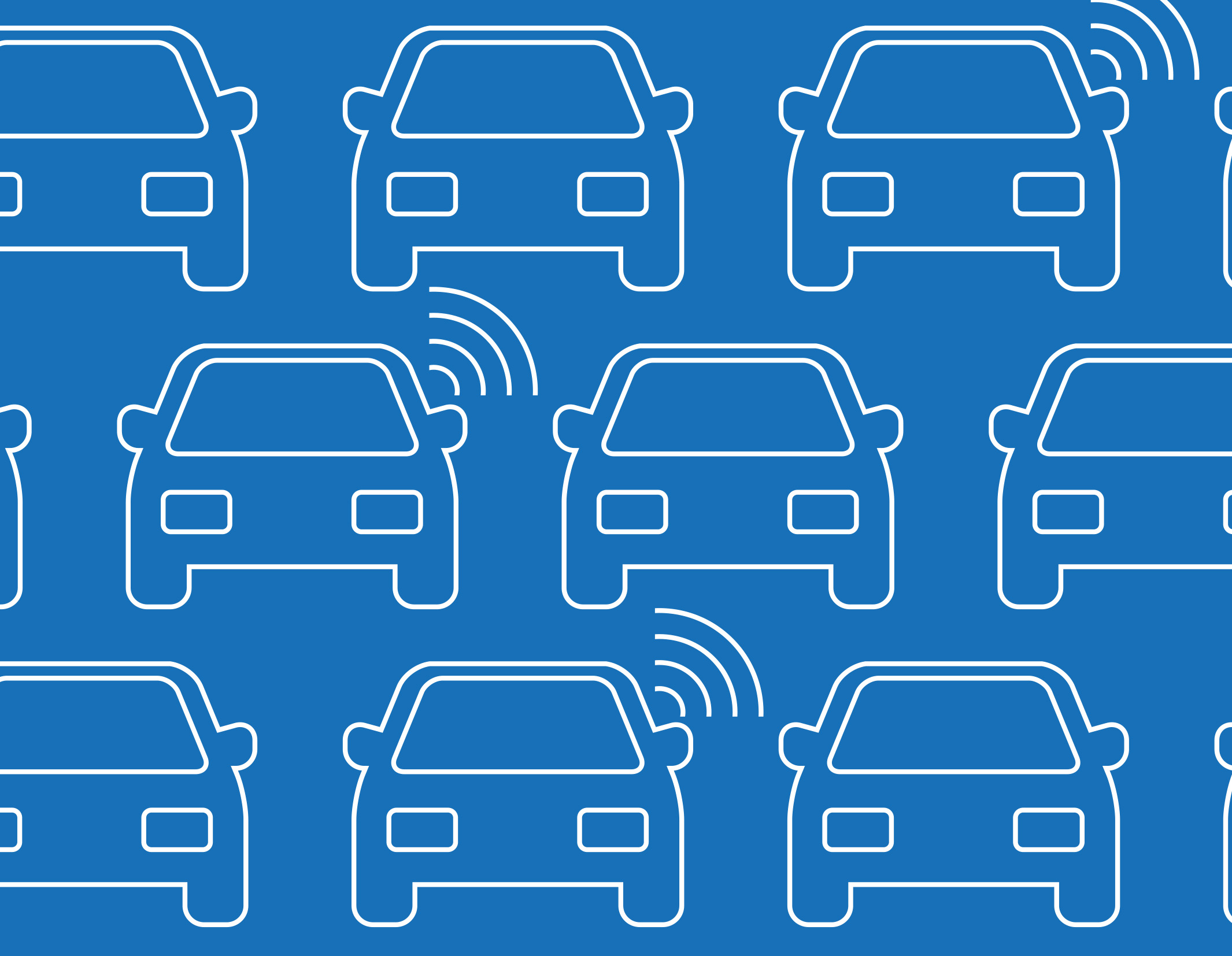Sponsored
Autonomous driving: Safety first

Safety is of paramount importance for operating autonomous vehicles. That doesn’t mean the safety of just the riders and passengers, but also other vehicles on the road, pedestrians, and bicycle traffic. To gain widespread acceptance, safety issues must be resolved to the full satisfaction of the public. Getting a handle on safety means also taking on a thicket of technological, legal, and philosophical challenges.
Autonomous driving: Safety first
Autonomous vehicles are going to be part of our transportation network. Most industry experts believe it is only a matter of time before they’re plying the roads in increasing numbers. “[Autonomous driving] will come, but it’s not going to be instantaneous,” says Judith Hurwitz, president and CEO of consultancy Hurwitz & Associates. “There’s not enough data yet to test everything and train on everything.”
Just look at what the major automotive manufacturers are doing. General Motors recently invested $100 million in two manufacturing sites in Michigan to focus on rolling autonomous Cruise AVs off the line. Other major manufacturers, such as Ford, BMW, and Volvo, are similarly interested and invested in autonomous-vehicle programs.
Keep Reading
Most Popular
Large language models can do jaw-dropping things. But nobody knows exactly why.
And that's a problem. Figuring it out is one of the biggest scientific puzzles of our time and a crucial step towards controlling more powerful future models.
The problem with plug-in hybrids? Their drivers.
Plug-in hybrids are often sold as a transition to EVs, but new data from Europe shows we’re still underestimating the emissions they produce.
Google DeepMind’s new generative model makes Super Mario–like games from scratch
Genie learns how to control games by watching hours and hours of video. It could help train next-gen robots too.
How scientists traced a mysterious covid case back to six toilets
When wastewater surveillance turns into a hunt for a single infected individual, the ethics get tricky.
Stay connected
Get the latest updates from
MIT Technology Review
Discover special offers, top stories, upcoming events, and more.